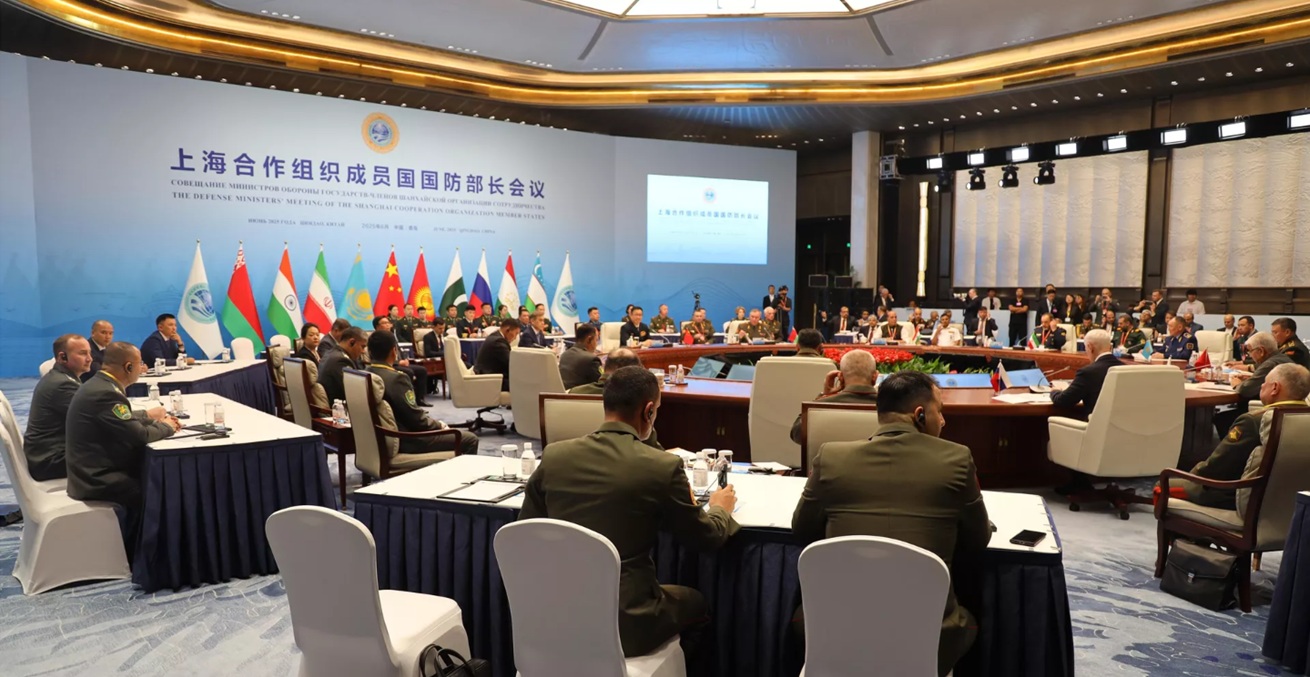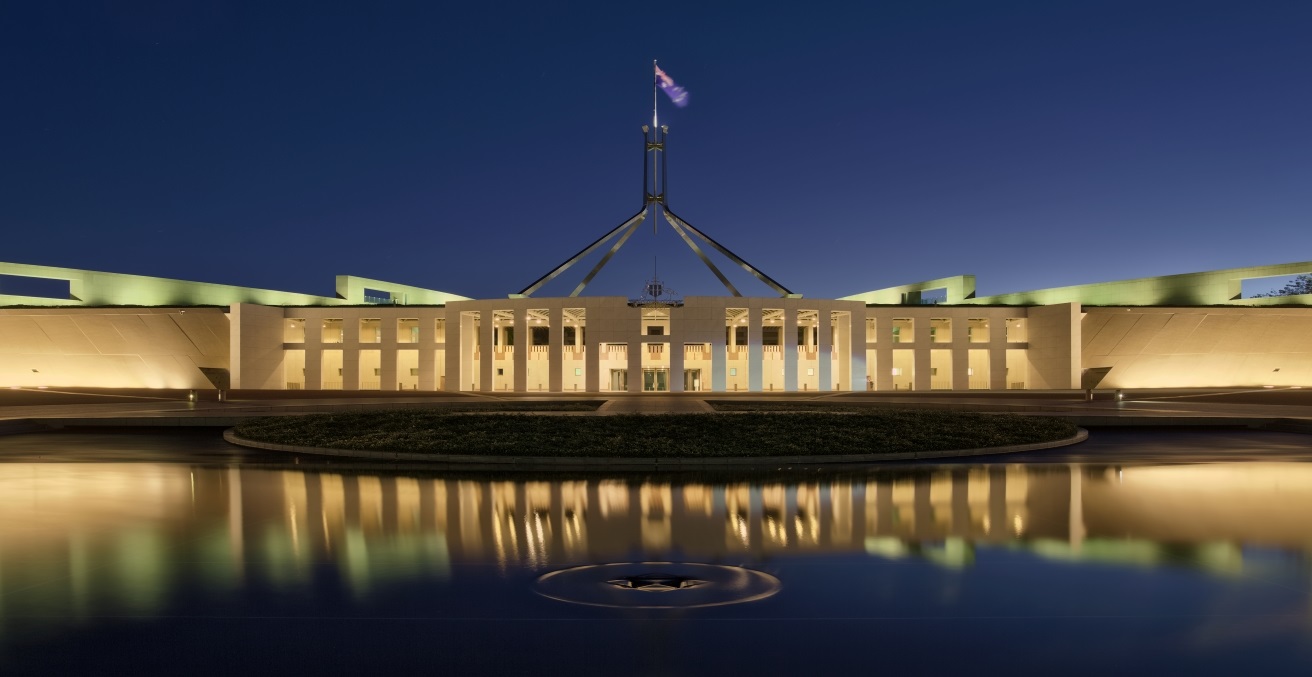Bangladesh’s student-led revolution has ushered in a new era of democracy by toppling an authoritarian regime and paving the way for non-partisan governance. To sustain this momentum, the country must carefully guide its transition, ensuring lasting democratic reforms and institutional stability.
In a global context where democracy is increasingly under threat, last year’s student-led revolution in Bangladesh offers a compelling case study for democratic renewal. The movement, which successfully ousted the authoritarian regime of Prime Minister Sheikh Hasina, underscores the power of grassroots mobilisation and the importance of non-partisanship in achieving democratic change. The events in Bangladesh provide valuable lessons for other nations grappling with authoritarianism, demonstrating that inclusive, non-partisan movements can effectively challenge entrenched power structures and pave the way for democratic consolidation.
The global crisis of democracy
The crisis of democracy is not confined to any single region; it is a global phenomenon. In Europe, far-right parties are gaining ground, often by exploiting fears of immigration and national identity. In Hungary, Viktor Orbán has systematically dismantled democratic institutions, turning the country into an electoral autocracy. In Poland, the Law and Justice (PiS) party has sought to undermine judicial independence, prompting widespread protests. Even in the United States, the world’s oldest democracy, the 6 January insurrection revealed the fragility of democratic norms.
In Asia, the situation is equally dire. In Myanmar, the military coup in 2021 effectively ended the country’s nascent democratic experiment. In India, the world’s largest democracy, the ruling Bharatiya Janata Party (BJP) has been accused of undermining press freedom and targeting minority communities. In Africa, the erosion of democracy manifests through authoritarian entrenchment and electoral manipulation. In Zimbabwe, the ruling ZANU-PF has maintained its dominance through intimidation and disputed elections, while in Uganda, President Yoweri Museveni has systematically repressed opposition voices to extend his decades-long rule.
Against this backdrop, the student-led revolution in Bangladesh marks the beginning of a new dawn for democracy. By successfully challenging the authoritarian grip of the Hasina regime, this movement has created a rare opportunity to rebuild democratic institutions and restore political accountability.
The student revolution: a democratic uprising
The student revolution in Bangladesh stands out as a unique phenomenon in the history of social and political movements. Unlike revolutions in countries like Iran or Tunisia, which were often driven by political parties or religious groups, the Bangladeshi uprising was led by students who deliberately distanced themselves from any political affiliation during revolution. This non-partisan nature was a defining characteristic of the movement and a key factor in its success. The students emphasised inclusivity and actively discouraged the involvement of established political parties, even as senior political leaders disassociated themselves from the revolution. This allowed the movement to maintain its credibility and broad appeal, as it was perceived as a genuine expression of the people’s will rather than a power grab by any particular faction.
The importance of non-partisanship in Bangladesh’s political landscape cannot be overstated. Under Hasina’s rule, political dissent was brutally suppressed, with opposition figures often labelled as collaborators, Pakistanis, or militants. Collaborators and Pakistanis became a dehumanising tag due to Pakistan’s involvement in genocide in Bangladesh in 1971, and militants due to post-9/11 political discourse. This deliberate dehumanisation of the opposition has made non-partisanship a crucial element for any movement to gain legitimacy and avoid repression. Moreover, the masses in Bangladesh carry a deep-seated trauma against party politics, rooted in decades of governance failures, political violence, corruption, and the misuse of power. This disillusionment has historical roots dating back to the country’s early years of independence. The initial optimism following liberation in 1971 quickly faded as Sheikh Mujibur Rahman’s Awami League government struggled with economic devastation, weak institutions, and political infighting. The establishment of a one-party system under BAKSAL in 1975 was widely seen as a betrayal of democratic principles, further eroding public trust. The famine of 1974 and widespread lawlessness exacerbated the sense of betrayal, setting the stage for enduring political instability.
The post-Mujib era in Bangladesh saw military rule under H.M. Ershad, who used political parties to consolidate power rather than serve the public. Despite the restoration of parliamentary democracy in 1991, alternating rule by the Awami League (AL) and Bangladesh Nationalist Party (BNP) failed to address systemic issues, prioritising partisan loyalty over governance. Political violence, strikes, and electoral manipulation became common, eroding public trust. Governance failures, corruption, and inequitable resource distribution further fuelled anti-party sentiment. Under Hasina, AL’s authoritarian tendencies, human rights abuses, and economic mismanagement intensified dissatisfaction. Declining voter turnout and weakening democratic legitimacy highlight the growing appeal of non-partisanship, catalysing student-led movements for systemic change.
The fall of Hasina and the rise of a non-partisan government
The success of the student revolution was a significant achievement, but what followed was even more remarkable. After Hasina’s fall, the country did not descend into chaos or witness a power struggle among political parties. Instead, the various political factions, including those that had been critical of Hasina, agreed to step aside and allow the formation of a non-partisan government.
This decision was a testament to the maturity of Bangladesh’s political class and their commitment to democracy. By allowing a non-partisan government to take charge, the political parties demonstrated that they were willing to put the country’s interests above their own. This is in stark contrast to other countries, where the fall of an authoritarian leader often leads to a power vacuum and prolonged instability.
The non-partisan government, composed of some revolutionaries and civil society leaders, are tasked with overseeing a transition to a more democratic system. Its primary objectives are to bring some basic reforms and to ensure free and fair elections, restore the rule of law, and address the grievances that had fuelled the student uprising. This approach has been widely praised by both domestic and international observers, who view it as a positive step towards democratic consolidation.
From apolitical movement to the formation of National Citizen Party
The transition from apolitical student-led uprising in July 2024 to the formation of the National Citizen Party (NCP) on 28 February 2025 marks a transformative moment in Bangladesh’s political history. The NCP emerged as a direct outcome of the revolutionary movement, filling the power vacuum left by her dramatic fall. Founded by the students who spearheaded the uprising, the NCP represents an ambitious attempt to redefine Bangladeshi politics and address decades of systemic failures.
In the aftermath, the students recognised the need to institutionalise their vision, leading to the formation of the NCP. The party’s founders, many of whom were central to the uprising, positioned themselves as architects of a “Second Republic.” Inspired by historical examples like the United States’ post-Civil War transformation and France’s multiple republics, the NCP aims to draft a new democratic constitution through an elected constituent assembly. This new framework prioritises democracy, equality, and social justice, addressing the systemic failures that have plagued Bangladesh since its independence.
Conclusion
The student revolution in Bangladesh is a powerful reminder of the resilience of democracy, even in the face of authoritarianism. It demonstrates that ordinary people, particularly the younger generation, can play a crucial role in defending democratic norms and values. The revolution also offers valuable lessons for other countries where democracy is under threat, showing that a non-partisan approach and a commitment to inclusivity are essential for democratic renewal.
As Bangladesh moves forward, the challenge will be to build on the gains made during the revolution and ensure that the country’s democratic institutions are strengthened. This will require continued vigilance and active participation from all sectors of society. But if the student revolution is any indication, the future of democracy in Bangladesh looks promising.




